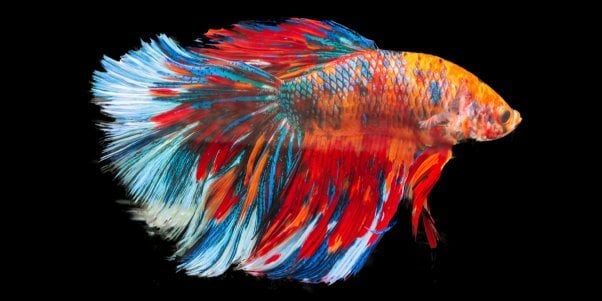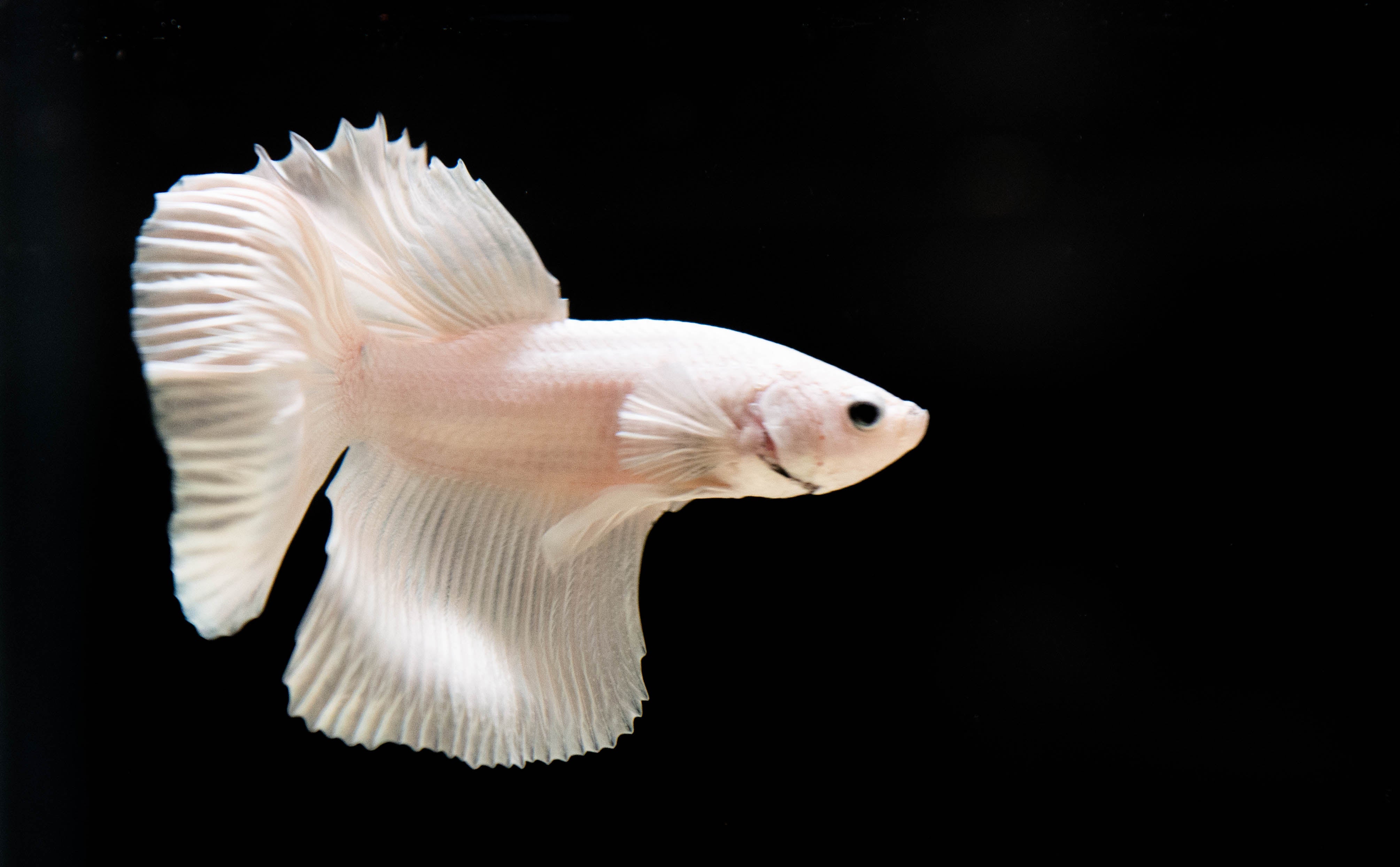Betta Fish Diet: What to Feed Your Betta for Optimal Health
Betta Fish Diet: What to Feed Your Betta for Optimal Health
Blog Article
Breeding Betta Fish: a Comprehensive Step-By-Step Overview to Efficiently Raising Baby Bettas From Eggs to Adulthood
Reproducing Betta fish is a precise undertaking that requires cautious preparation and execution to make certain the successful growth of fry from eggs to mature fish. Selecting genetically varied breeding sets with preferable qualities is just the start; creating an ideal setting and understanding the ins and outs of the breeding process are just as essential. As the male Betta faithfully constructs a bubble nest and guards the precious eggs, the subsequent phases of treatment and change demand interest to information and knowledge of best methods. Just how does one browse the tough yet rewarding path of nurturing these lively animals to the adult years?

Selecting Reproduction Pairs
When starting the journey of reproducing Betta fish, choosing the ideal breeding pairs is vital to attaining preferable characteristics and a healthy and balanced family tree - betta fish. The primary step in this procedure is to identify the details qualities you wish to boost or protect, such as shade, fin kind, and body shape. It is vital to pick genetically diverse sets to avoid inbreeding, which can bring about health and wellness problems and unwanted qualities
Evaluate prospective reproducing candidates thoroughly. A healthy male Betta should display vibrant shades, an active demeanor, and well-formed fins, while the woman must likewise display lively pigmentation and a rounded tummy, showing readiness for spawning. Observing the character of both fish is essential, as aggressive or extremely shy individuals might not reproduce successfully.
Documents of family tree is equally crucial. Maintaining records of the parent fish's origins can aid you track hereditary characteristics and potential problems. In addition, speak with trusted dog breeders or on-line resources for guidance on picking suitable sets. Ultimately, investing time in the choice procedure will significantly improve the probability of generating solid, vibrant offspring that satisfy your reproduction goals (betta fish).

Preparing the Breeding Container
Producing an ideal reproduction atmosphere is a crucial step after selecting ideal pairs for Betta fish. The reproduction storage tank should be especially developed to offer convenience and promote the natural reproduction behaviors of the fish. Beginning with a tank dimension of at least 10 gallons to ensure ample area for both the male and women Bettas.
Maintain a mild filtration system to maintain the water clean while staying clear of strong currents that can worry the fish. Additionally, an air rock can be contributed to supply oxygenation without disrupting the water surface area way too much.
Temperature level policy is important; purpose for a stable variety of 78-82 ° F(25-28 ° C) making use of a trustworthy heating system. The pH level must be maintained between 6.5 and 7.5, and normal water adjustments are necessary to ensure high water top quality.
Integrate drifting plants or generating mops to produce concealing spots for the woman, while likewise urging bubble nest building by the male - betta fish. Ensure the storage tank is address complimentary from sharp decors and any kind of potential hazards, as the welfare of the fish must constantly be focused on throughout this essential stage of reproduction.
The Reproduction Process
Generally, the breeding process for Betta fish includes a series of unique and evident habits that show readiness for recreation. The male Betta starts by constructing a bubble nest at the water's surface area, which works as a website for the fed eggs. This nest is important, as it gives a secure setting for the eggs until they hatch out.
As soon as the nest is developed, the man will certainly present courtship actions, such as flaring his fins and displaying lively colors to draw in the female. The female, upon sensing the man's preparedness, will certainly respond by displaying vertical red stripes along her body, signifying her receptiveness.
When the women strategies, the male involves in a mating dance, frequently resulting in an embrace referred to as the "spawning." Throughout this accept, the female launches her eggs, which the male fertilizes right away. The fed eggs then are up to the bubble nest, where the male thoroughly gathers and returns them to the nest. Following this, the male assumes duty for safeguarding the nest and making certain the security of the eggs up until they hatch, generally within 24-36 hours. This phase is important in the breeding procedure, laying the structure for successful fry growth.
Caring for Betta Fry
Looking after Betta fry requires mindful attention to their setting and nourishment to guarantee healthy and click this link balanced growth and growth. After hatching, Betta fry are very small and prone, necessitating a stable and clean environment. Preserving a water temperature level between 78 ° F and 80 ° F is vital, as Betta fry thrive in warm problems. Furthermore, make sure that the water is devoid of dangerous contaminants; regular water modifications of 10-20% are advised to maintain ideal water quality.
Feeding Betta fry is just as important. They need to be offered infusoria or finely crushed top quality fry food, as their mouths are as well little to manage bigger bits. As they expand, you can slowly present larger foods, such as infant brine shrimp or powdered flakes, to ensure they get sufficient nutrition. Feed them percentages a number of times a day, taking care not to overfeed, which can result in water high quality problems.
Transitioning to Grownup Bettas
As Betta fry mature, transitioning them to grown-up Bettas is a vital phase that requires mindful monitoring of their setting and social interactions. This procedure usually begins when the fry get to around 6 weeks of age, at which point they can be gradually presented to a much more organized living setting.
To promote this shift, it is important to ensure that the water criteria-- such as temperature level, pH, and ammonia levels-- are optimal and secure. Grown-up Betta fish thrive in cozy water (around 78-80 ° F) with a pH of 6.5 to 7.5. Gradually accommodate the fry to these conditions to minimize stress.
Social communications are one more vital aspect; man Bettas are notoriously territorial and aggressive. It is advisable to separate men right into individual containers as they mature. Female Bettas can be housed with each other, but care must be required to keep track of for signs of aggressiveness.
Additionally, dietary changes should be made as the fry grow. Integrate high-quality pellets and live foods to support their growth and wellness. By managing these elements successfully, you can advertise an effective you can find out more transition to their adult years for your Betta fish.

Verdict
Effective breeding of Betta fish calls for careful focus to information throughout the entire procedure, from selecting genetically varied pairs to providing optimal care for fry. In addition, a balanced diet regimen and progressive adjustment to adult environments are crucial for the development and development of Betta fish.
Report this page